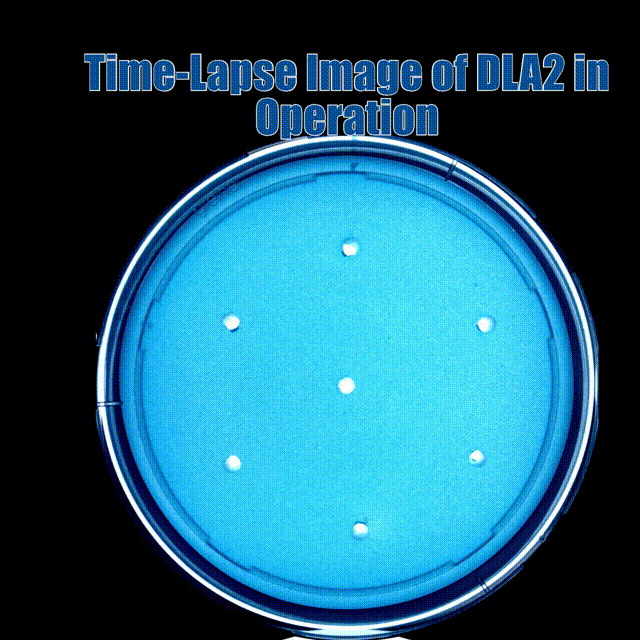Phadebas® DLA2 (Detection of Low Amylase Activity)
€152.00
Article number 1331 includes instructions for use in English.
Description
 Phadebas® DLA2 is a product for detection and semi-quantification of lower levels of α-Amylase specifically. Could be used e.g. in quality control for α-amylase residues in Food Production Industry and Research.
Phadebas® DLA2 is a product for detection and semi-quantification of lower levels of α-Amylase specifically. Could be used e.g. in quality control for α-amylase residues in Food Production Industry and Research.
A DLA2 dish has 7 sample wells, one for negative control and 6 for samples or references. Liquid samples can be analyzed, independent of composition, coloring and opacity.
DLA2 is Ready to Use, Easy to Use, Easy to Evaluate and requires low work effort and equipment
Phadebas® Instructions for Use
Phadebas® Safety Data Sheets
Q&A Phadebas® DLA2
Q: Can I reuse the dish?
A: No, not even if there are non used wells.
Q:Why am I not getting any clear phase?
A: The amylase activity is below detection level.
– The sample does not contain any α-amylase.
– The α-amylase in the sample has been deactivated.
– No sample has been added.
Q: How should I dilute the concentrated α-amylase solution before use as a reference?
A; Dilute your α-amylase reference freshly with deionised water before application and
in general, they can be diluted 100 000- 1000 000 times.
Q: Can I run different samples on the same plate?
A: Yes, if your samples contain the same type of α-amylase and could be detected at the same temperature.
Q: Why do I get a clear zone in the negative control?
A: Your pipette, pipette tips, water etc. is contaminated with α-amylase.
Q: What should I do if a clear zone interact with other clear zones?
A: Dilute your sample with deionized water and run your sample ones more. Remember dilution factor.
Q: Can I analyse opaque and colored samples?
A: Yes, Sample must be in the liquid form, if not dilute with deionised water.
Q: Why do I not get any detection of my diluted reference sample?
A: It is important that your reference samples are freshly prepared prior to use, due to the fact that α- amylase can lose activity over time.
Q: Can I incubate the dish for more than 16 hours?
A: Yes, but there is a risk of dehydrating and cracking of the gel.
Q: Why do I get clear zones not connected to the wells?
A; The dish has been contaminated with α-amylase from undefined source.
The samples should be reanalysed.
Q; Could bacteria, yeast or mold grow on the dish?
A; No, there is a preservative added to the dish to avoid this.
Q; Is it possible to detect other amylases or enzymes than α-amylase?
A; No, this dish is specific for α-amylase detection.

